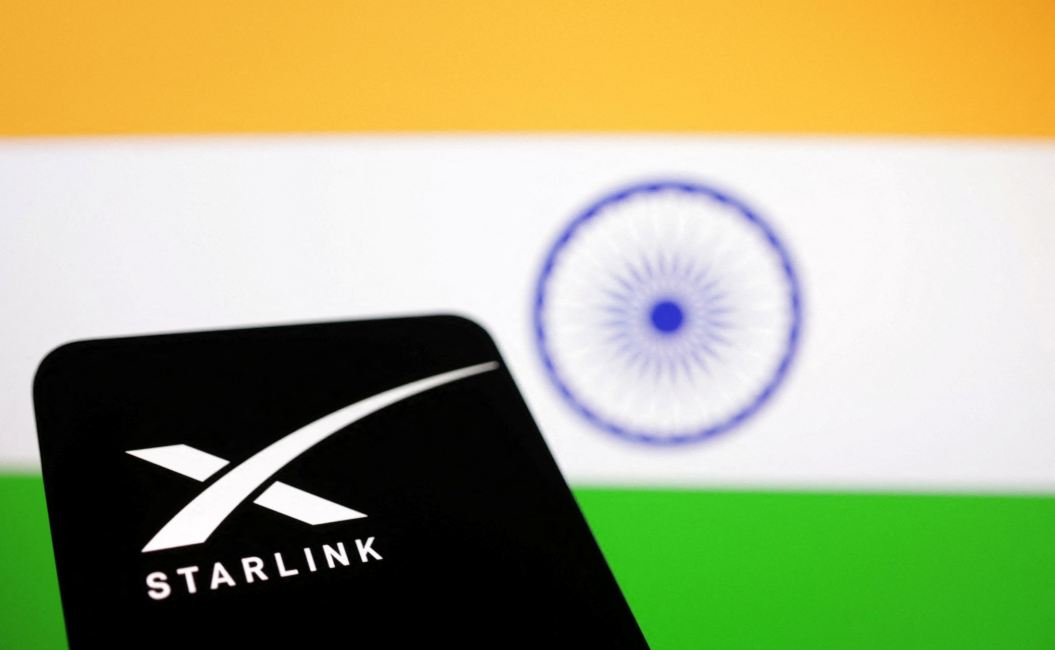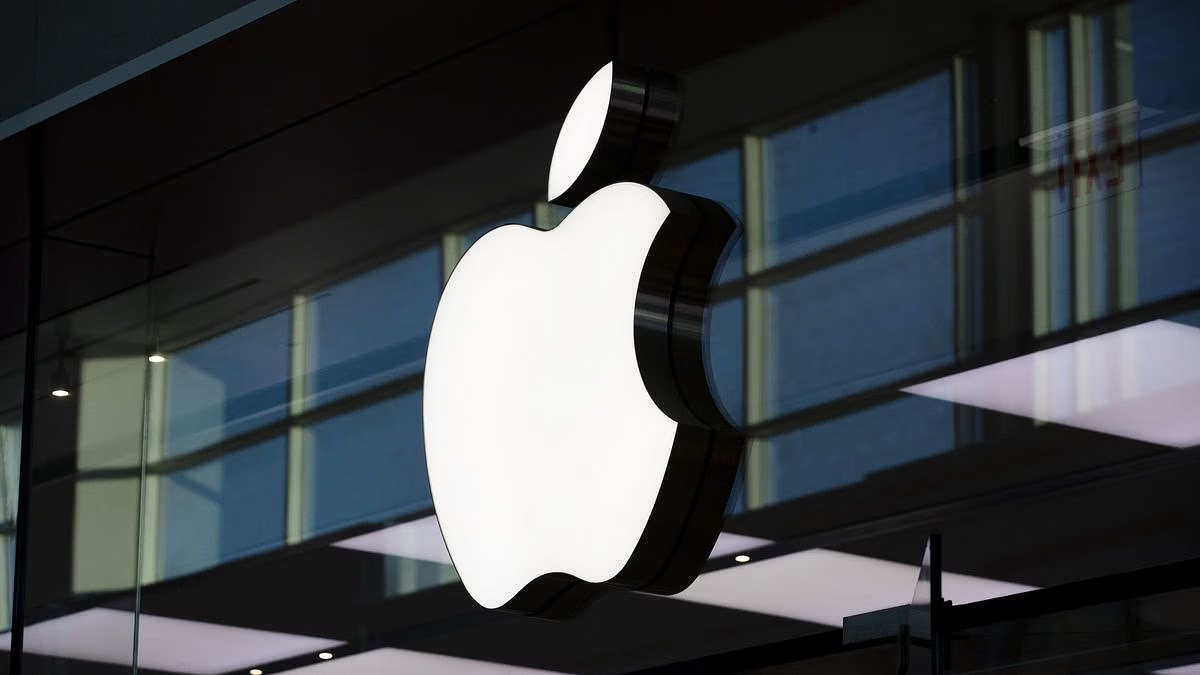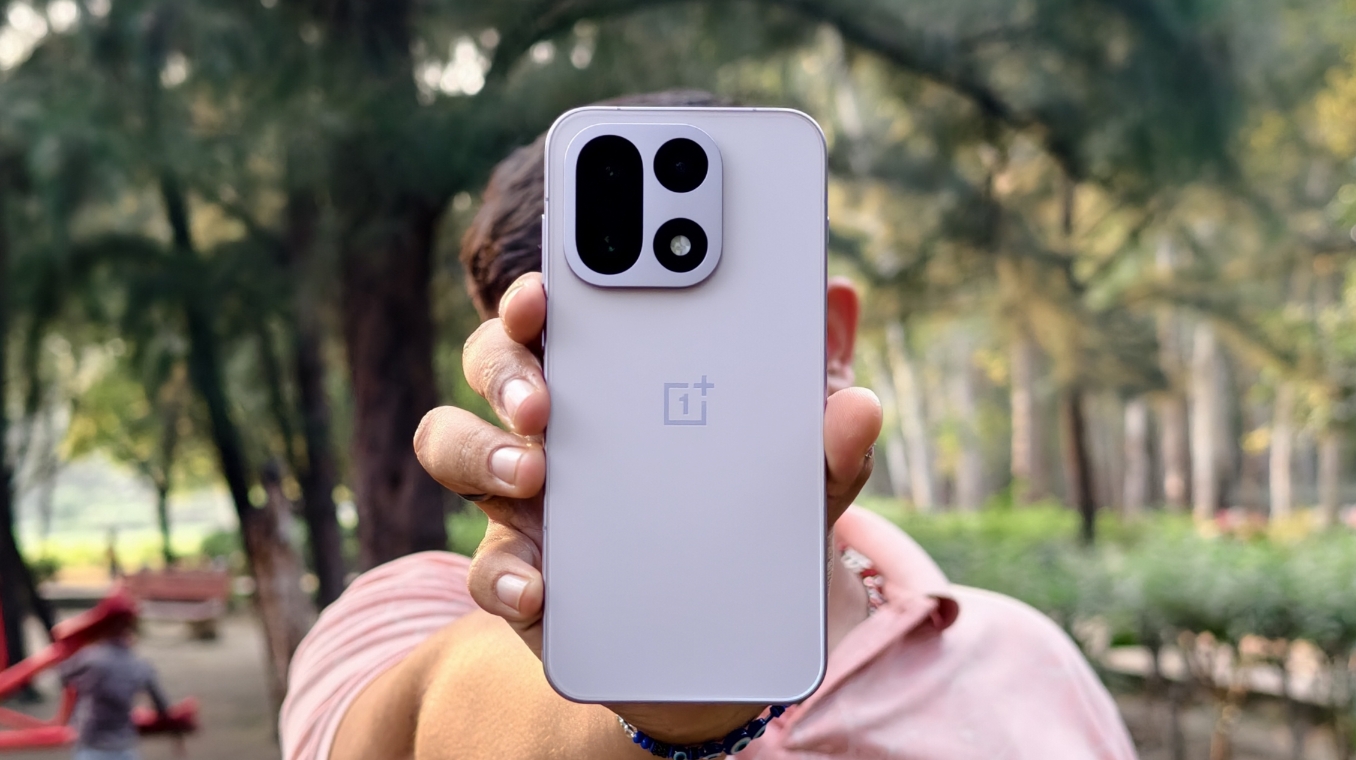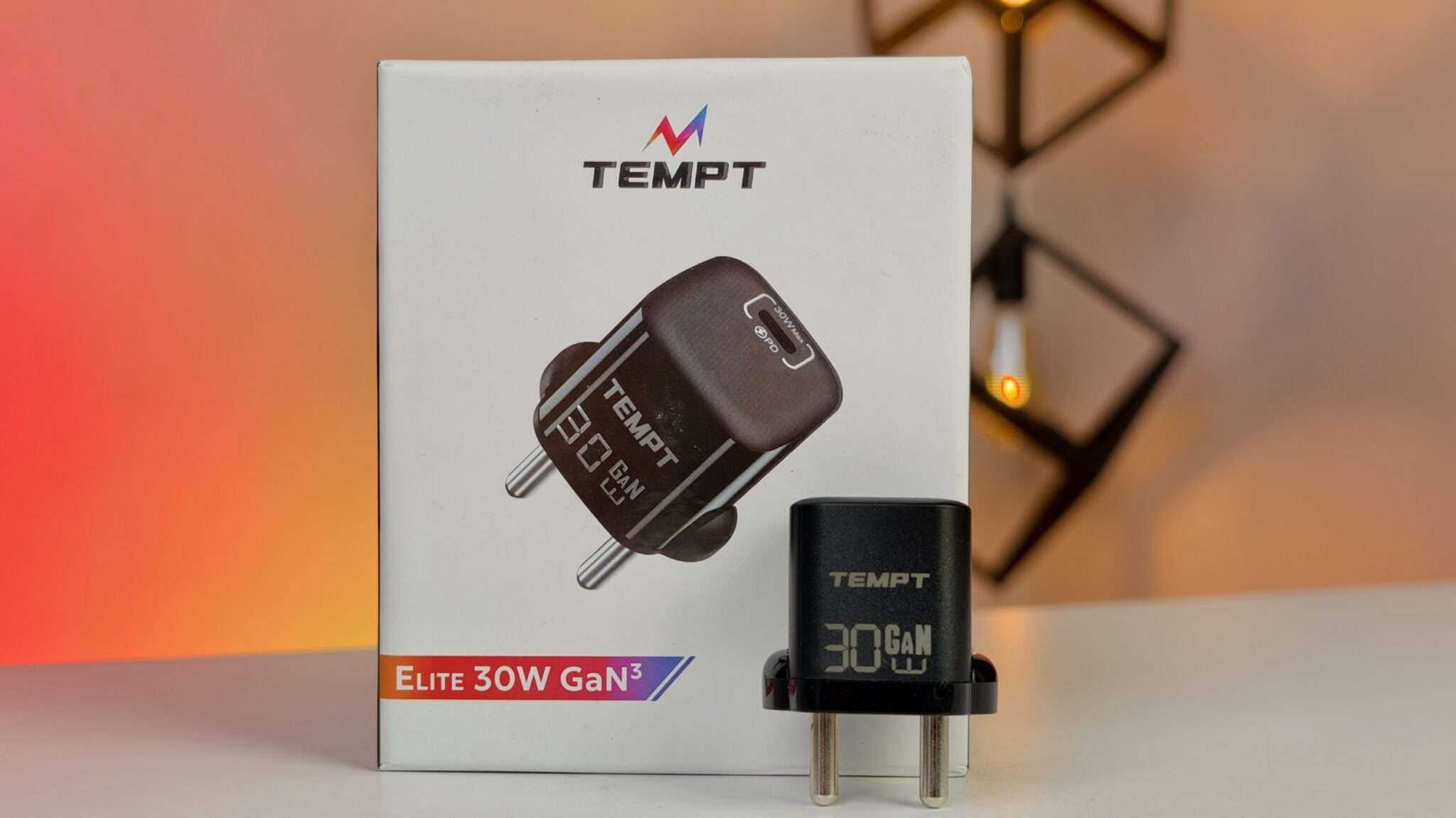Elon Musk’s satellite internet venture, Starlink, is inching closer to launching services in India—a move that could significantly shift the connectivity landscape, especially in regions that have long struggled with poor or no internet access. After navigating a long road of regulatory challenges, Starlink has finally secured a key license from the Department of Telecommunications (DoT), signaling that full-scale operations might kick off within the next year. And with that, India’s satellite broadband sector is gearing up for a shake-up.
Key Takeaways:
- Starlink has received a crucial operating license from India’s Department of Telecommunications (DoT).
- The service is expected to launch commercially within the next 12 months.
- Anticipated pricing includes a monthly plan of ₹3,000 for unlimited data.
- A one-time setup cost for the receiver kit is estimated at ₹33,000.
- Starlink aims to deliver 600-700 Gbps bandwidth using its low-Earth orbit (LEO) satellite constellation.
- The primary focus is on connecting rural and remote regions where traditional internet infrastructure is limited.
- Starlink joins Bharti Airtel’s OneWeb and Reliance Jio’s satellite arm as key players in India’s satellite internet sector.
- The company must still obtain final clearance from the Indian National Space Promotion and Authorisation Centre (In-SPACe) and await spectrum allocation.
- Starlink has signed partnerships with Reliance Jio and Bharti Airtel to support its local rollout and distribution.
The buzz around Starlink’s anticipated India entry isn’t just about the name behind it—though Musk’s ventures rarely go unnoticed. It’s also about the pricing. The projected ₹3,000 monthly charge for unlimited data, along with a one-time setup fee of ₹33,000 for the required equipment, has sparked plenty of discussion. Media outlets like CNBC Awaaz have reported on these expected costs, which seem to strike a delicate balance: high enough to reflect the premium nature of satellite internet, yet still within reach for many, especially when compared with the logistical nightmare of laying cable across difficult terrain.
Bridging the Digital Divide: Starlink’s Mission in India
India’s geography is as diverse as its population, and that’s made internet connectivity an uneven story. While cities and large towns enjoy relatively affordable high-speed broadband, rural and remote areas often find themselves left behind. And not just by a little. Some villages don’t have any reliable connection options at all. This is precisely where Starlink sees an opening.
By deploying low-Earth orbit satellites, Starlink sidesteps the need for massive ground infrastructure like fiber optics or cell towers. Instead, it beams internet directly to user terminals, making it a practical solution for places where traditional ISPs can’t or won’t go. The company claims it can deliver between 600 and 700 Gbps of bandwidth, a promise that, if realized, could completely transform how remote communities access education, healthcare, and even everyday information.
Regulatory Journey and Future Steps
Getting to this point hasn’t been straightforward. Starlink has been in discussions and applying for licenses since at least 2022. The recent approval of a Global Mobile Personal Communication by Satellite (GMPCS) license by the DoT marks a major breakthrough. With this, Starlink joins the ranks of Eutelsat OneWeb and Reliance Jio Satellite Communications, both of which have also cleared similar hurdles. Amazon’s Project Kuiper, another player in the satellite internet race, is still in regulatory limbo.
However, even now, Starlink isn’t fully cleared to begin services. The company must still receive final authorization from In-SPACe, India’s space regulator, before it can start trial operations or be assigned spectrum provisionally. And then there’s the matter of spectrum allocation—a topic that’s been under government review. TRAI has already submitted its recommendations, but until actual frequencies are allotted, services can’t commence. On top of that, India has strict cybersecurity requirements, including local data handling and interception capabilities, which Starlink will need to meet.
Strategic Partnerships and Market Impact
One of the more interesting pieces of this puzzle is how Starlink is choosing to enter the Indian market. Rather than going it alone, the company has signed partnership agreements with both Reliance Jio and Bharti Airtel. These agreements are conditional, of course, pending full regulatory approval. But if everything moves forward, it could mean a very grounded, local rollout.
Airtel might start offering Starlink equipment in its stores or package services for business clients. Jio, with its vast network, could assist with hardware distribution and customer support. These tie-ups suggest Starlink is aiming for more than just technological disruption; it wants to blend its satellite capabilities with on-the-ground expertise. That might just be the key to gaining traction in a price-sensitive, relati



















